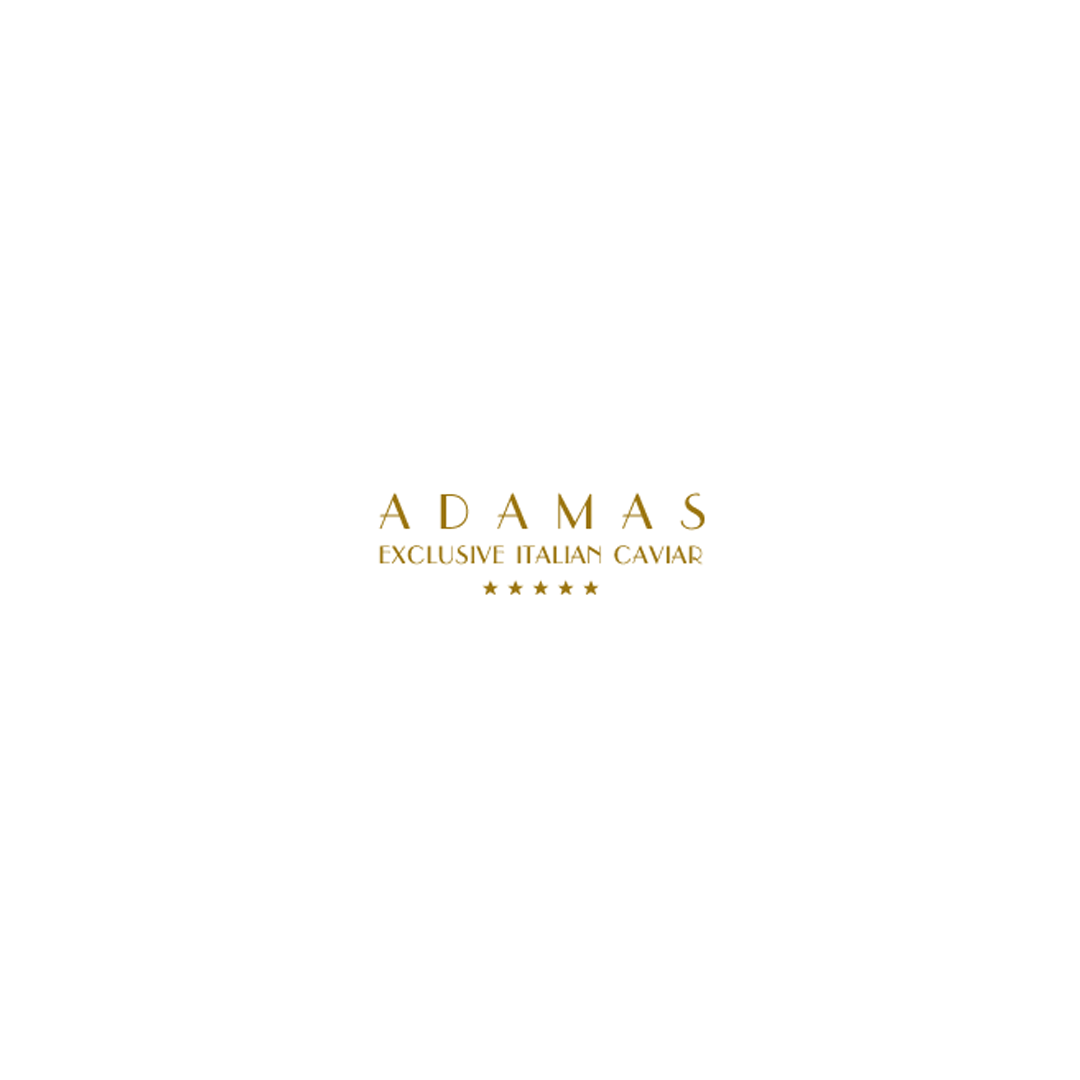Caviar & Fine Foods
A COLLECTION OF THE FINEST BRANDS FROM AROUND THE WORLD
Caviar
Sturgeon Caviar
Siberian Sturgeon is mostly prized for its dark & glossy caviar. As the name suggests, Siberian sturgeon (Acipenser Baerii). Caviar is mostly harvested from farm-raised sturgeons.
There are many sturgeon caviar varieties, each type has an interesting taste, color and texture variances. For example there is Siberian Caviar, Paddlefish caviar, bony fish bowfin caviars, Hackleback caviar from Shovelnose sturgeon, white sturgeon caviar and others.
Albino Sturgeon
Albino Golden caviar is an extremely rare Italian caviar and by far the most valuable. It is a caviar obtained from the very rare albino sturgeons of the Acipenser Ruthenus variety. Albinos therefore devoid of melanin. Very delicate and intolerant to sunlight so always bred indoors or in a very sheltered places. Albino caviars are sweet & delicate, its highlight is he color that makes it unique in its kind.
Beluga Sturgeon
Originating from the Caspian Sea, Beluga is often considered to be the most luxurious caviar in the world, and is generally the most expensive of all accessible caviar varieties.
With large, pearlescent eggs of light glistening gray, beluga has a smooth, butter like texture and rich, subtle flavor that melts in your mouth.
Osetra Sturgeon
Osetra (also called Oscietre) Sturgeon caviar is a flavorful winning analog to beluga. The Royal Osetra is equally considered one of the best caviars in the world. Osetra eggs are smaller than Beluga caviar and come in Fine, medium sized grains consistent in size.
Ranging in color from golden to brown, Osetra caviar has a nutty, rich flavor. The lighter the eggs the older the sturgeon. Thus a lighter, fine grain is of a richer flavor.
Sevruga Sturgeon
Also known as Starry sturgeon, Sevruga are native to the Caspian and black seas. They can also be found in the Aegean and Azov Seas. Due to the quicker reproduction rate compare to Beluga and Osetra, Sevruga has higher availability.
Sevruga’s small and delicate gray to black eggs has a crunchy texture that pops with intense flavor. They are also the smallest egg producing sturgeon, and their flavor profile begins with a distinct marine flavor, complemented by notes of nut & cream.
Kaluga Sturgeon
Know colloquially as the “River Beluga”, “ kaluga is a farm raised type of a sturgeon caviar, this approach allows for greater sustainability f the species and stricter controls for uniformity and quality.
The taste of Kaluga is similar to Beluga, offering a creamy, smooth and nearly buttery texture. In addition to sharing the Beluga’s exquisite taste and texture characteristics, Kaluga caviar can be eaten guilt free, knowing that the delicacy is eco- friendly and sustainable.
Truffle
Truffles belongs to the hypogeous fungi class. Ascomycetous, Family Tuberaceae, and Genus : Tuber. Being a hypogeous fungi, truffles grow and mature underground close to the roots of some types of trees, specifically oaks and elm trees. Theya re covered by an external wall called peridium which can be smooth or textured, with a color that varies from light to dark. The inner part is called gelba and its color varies from white to black from pink to brown. There are many types of truffles and following are the main.
White Truffle (Tuber magnatum pico)
White Truffle, or better known white alba truffle , is surely the most precious variety of truffle from a economic and culinary point of view. Its gelba is unmistakably white and yellowish with white veins. The surface is smooth, ochre or olive yellow, sometimes also grey-blackish.
Australian Black truffle (Tuber Melnosporum)
Australian black truffles are the same species as the European black winter truffles. Gleba is black. With thin and dense whitish veins, the surface presents pyramidal warts, and dark shades. The Australian winter truffle season exactly mirrors the season in European with fresh truffles available during June, July & August.
Burgundy Truffle (Tuber Unicinatum)
Burgundy truffle is very similar to summer truffle, so much so that some consider it to be a variant of Avestivum. Gelba is darker than nero estivo. Almost chocolaty in the more mature truffles. Surface is rugged and fun fact: this truffle takes the name from hook-shaped crests of its spores.
Summer Black Truffles (Tuber aestivum vittadini)
Widely known as Scorzone, is one of the less precious truffles. Gleba is hazel and more or less yellowish in ripe truffles. And often even lighter, and it has many whitish veins of varying thickness, ramified and joined together. The rugged surface is completely covered in pyramidal warts.
Bianchetto Truffle (Tuber albidum pico)
It is white truffles poor cousin, for which it is often mistaken by non-experts. Less smelly than white truffles and generally smaller. It has a marbled gleba with whitish and white-reddish veins on a brown- reddish background. Surface is smooth also whitish o yellow and light brown.
Foie Gras
Foie Gras is a popular and well known delicacy in French cuisine, its flavor is described as rich, buttery and delicate, Foie Gras is sold whole or is prepared in to mousse, parfait, or pate. And may also be served as an accompaniment to another food item. Such as steak.




